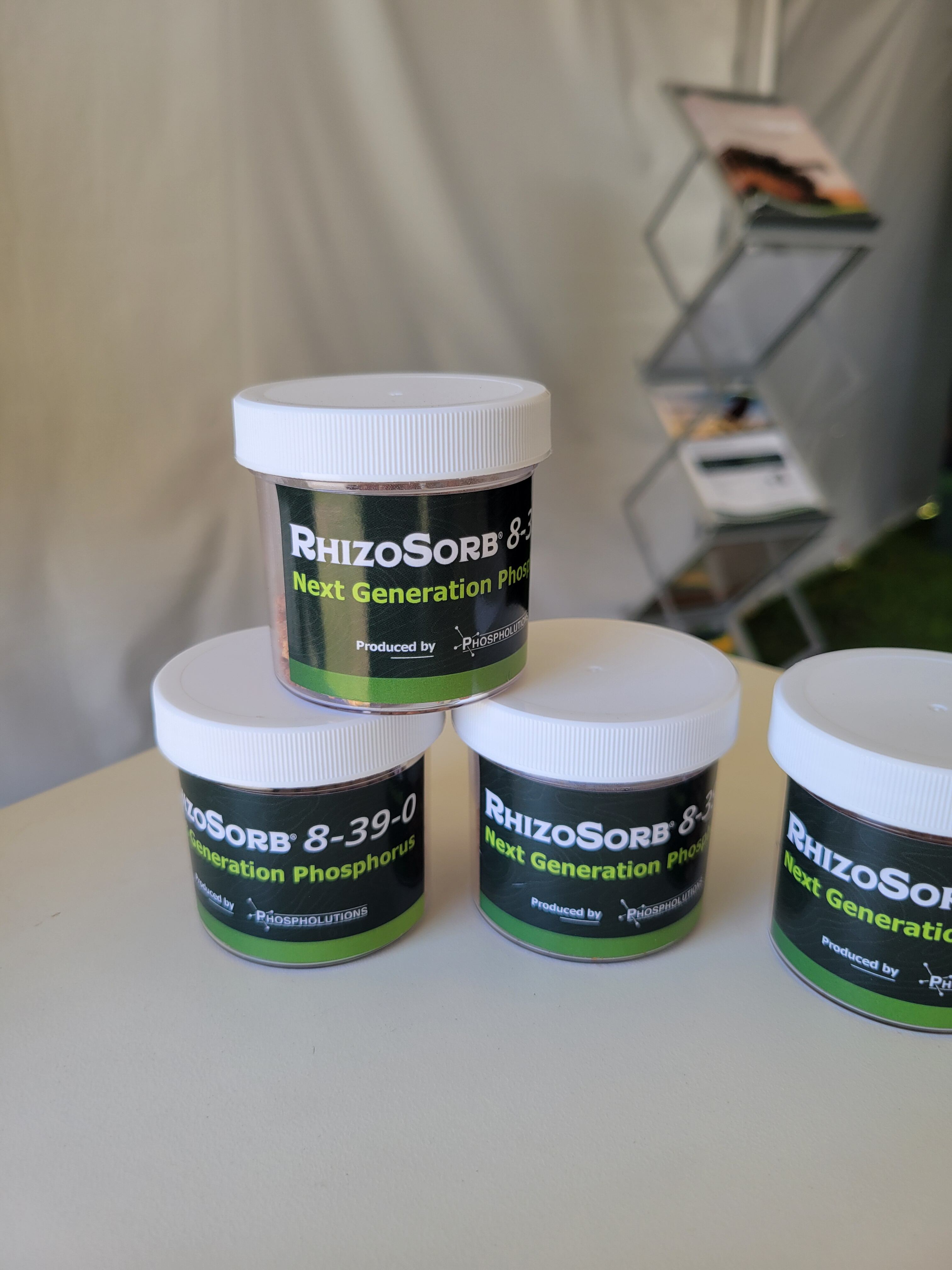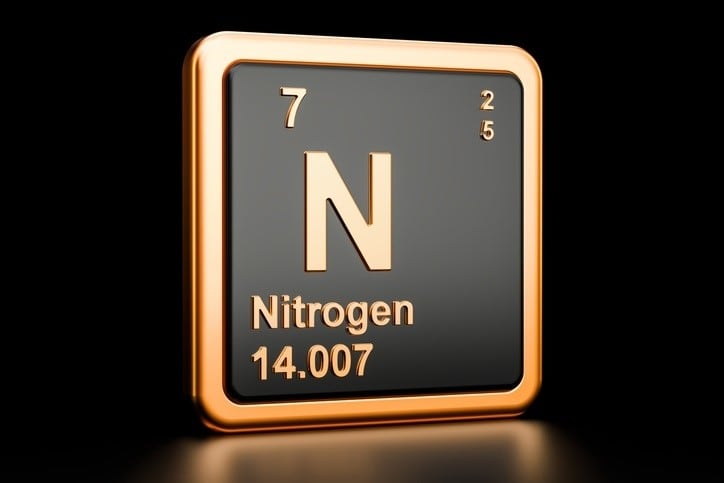Pennsylvania-based Phospholutions created a more efficient way for plants to receive essential phosphates, lowering crop input costs, improving yields, and reducing the chances of chemical run-off, Craig Dick, VP of sales and marketing at Phospholutions, told AgTechNavigator at the recent Farm Progress Show in Decatur, Ill., which took place Aug. 26-28.
Founded in 2016 by Penn State University student Hunter Swisher, Phospholutions developed RhizoSorb to optimize crop nutrition by releasing phosphates when plants need nutrients, Dick explained.
Phospholutions’ “metal oxide technology is incorporated into traditional mono-ammonium-phosphate granulation at large-scale fertilizer plants” and can be added to producers of MAP and DAP products to create fertilizer with less environmental impact, Dick explained. MAP and DAP fertilisers are blends of phosphorus and nitrogen, which are essential for plant health and growth.
“Traditional phosphates are highly soluble, and so when you apply them to the farm, within about 30 days, 70-90% of phosphate is going to be bound up in the soil. And so, it is a very inefficient way to feed the crop. Since we bind the phosphate to RhizoSorb when we put it on the farm, ... it essentially spoon-feeds that phosphorus to the crop, as the crop needs it,” he elaborated.
Phospholutions conducted numerous repeatable field tests as well as 150 trials on corn in 16 states as part of the fertiliser company’s on-farm program, Dick noted. Farmers experienced a 1.6% yield increase, a return on investment of $20 more per acre in comparison to MAP products, and 50% less phosphorus consumption, he added.
The fertiliser company entered into agreements with crop nutrient companies, The Andersons and MustGrow Biologics, to expand RhizoSorb’s distribution, as the company explores ways to expand distribution in Central and South America. Additionally, Phospholutions is testing RhizoSorb on other crops, including wheat, soybeans, canola, and potatoes, Dick said.
“We are intending to add a couple of other distributors as well, so that we can cover different geographies very efficiently. We are simply replacing MAP or DAP with RhizoSorb. We want to tap into the existing distribution chain, and supply lines are already well established for fertilizer because we work with large-scale global producers, we can easily tap into that,” Dick elaborated.






